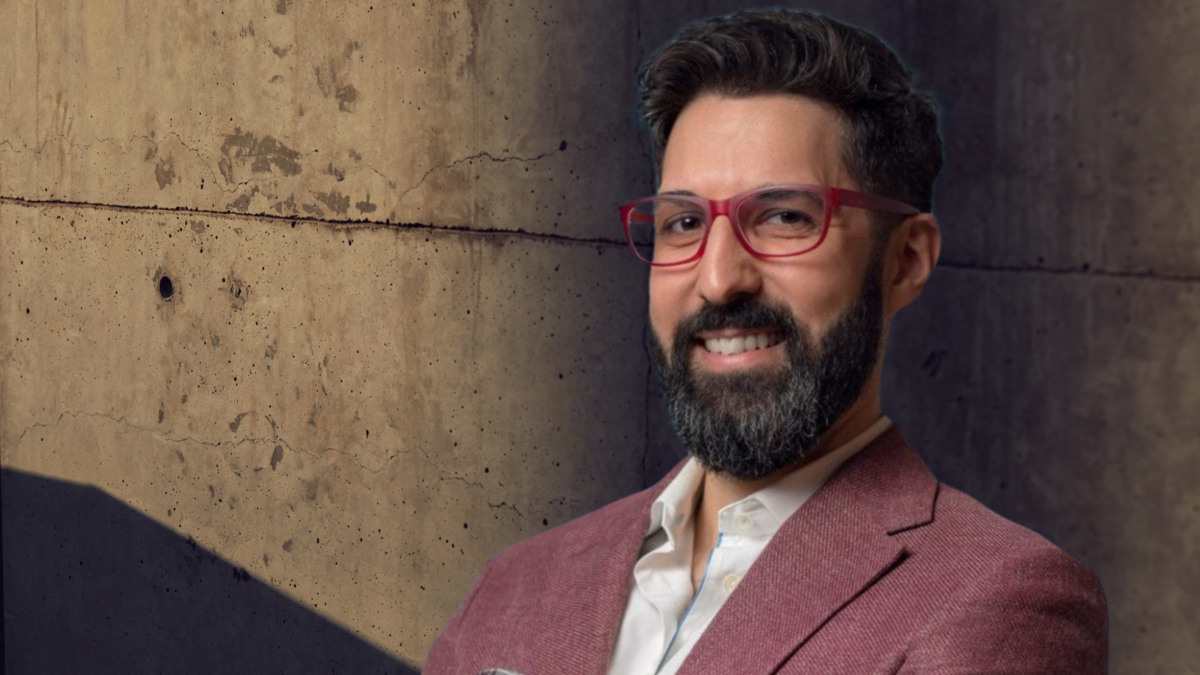The rise and fall (and rise and fall) of thematic investing
The 2020s are set to be the years of thematic investing – but so were the early 2000s. And the more things change, the more they stay the same.
One of the problems in thematic investing is figuring out what’s a theme and what’s just plain old trendy. But that problem is also a problem for thematic investing itself. In fact, it’s probably just as trendy as some of the high-valuation tech companies its proponents invest in – and it’s certainly not a sure bet.
“Some of the most dangerous words ever spoken in the investment arena are ‘this time, it’s different.’ And what I would argue is that this time, albeit ‘different,’ is really at its core, never different,” Ben Johnson, Morningstar director of global ETF research, told the Financial Times’ thematic investing summit. “What we’ve seen historically is that thematic funds are by no stretch of the imagination anything new. Indeed, they’re often a bull market phenomenon, if you look at historical patterns of launches.”
At the height of the dot.com boom/bubble, markets lived through a similar era of thematic funds – focused on technology, media, and telecoms – the “overwhelming majority of which ultimately met their demise.” Many of today’s themes are essentially recycled from previous booms. Johnson notes that there was once a Gen X-themed mutual fund; now there’s a millennial-themed ETF. Last year’s pivot to the home office heralded the arrival of three different remote working ETFs – now there’s “get back to work”-themed ETFs, and ETFs that focus on stocks in the travel and leisure sectors as the world reopens.
The problem with thematic investing – and particularly with thematic ETFs – is that you have to pick a winner (somewhat undercutting the utility of the original ETF in the first place). Picking a theme, then, is “making a trifecta bet – no different than you might if you were putting down money at Happy Valley.”
The first leg of that bet is that the theme is durable; the second, that the underlying index owns the stocks that are best-positioned to capitalise on that theme; the third, that you’re getting the valuation right.
“More often than not, by the time the theme has made headlines and there’s one or more ETFs or indices that are designed to capitalise on that theme, investors’ excitement about that theme has been fully priced in – and then some,” Johnson said. “Which makes it exceedingly difficult to actually yield any compelling investment return.”
Of course, thematics take different forms for different investors; retail might be more interested in short-term booms, while institutions are more concerned with driving stronger corporate governance in Japan or finding those companies that will be key beneficiaries of the transition to net-zero (climate change is probably one of the more durable themes).
“What we’ve seen among institutional investors… is that there’s a strategic imperative. That’s very distinct from something that might exist on the other end of the continuum that looks to capitalise on firms that do business in psychedelic drugs,” Johnson said.
“The prospective investor bases on either end of the continuum can vary quite a bit in terms of their objectives – be they more strategic or oftentimes policy-related, in the case of institutions. At the other extreme, individuals and retail investors are effectively looking to make a punt on a particular idea.”
The tipping point for more recent interest in thematic investing has come from the “immense success seen among a small handful of funds” – notably the active ETFs of Cathie Wood’s ARK Invest, which saw “stratospheric returns” through 2020 off the back of bets on tech companies like Tesla (Wood’s opinion), Zoom, and Palantir. But while those ETFs had stratospheric returns through 2020, their more recent history has been gloomier, and accompanied by substantial outflows. But that’s essentially the history of most thematic investing, and of markets too: boom/bust.
“The odds of winning these bets are really quite low,” Johnson said. “Why do they continue to do it? The payout, if you get that right, can be extremely high… But over a sufficiently long period, we’ve seen that the overwhelming majority of these funds fail. Others that survive fail to outperform a broad-based market capitalisation-weighted index,” he added.











